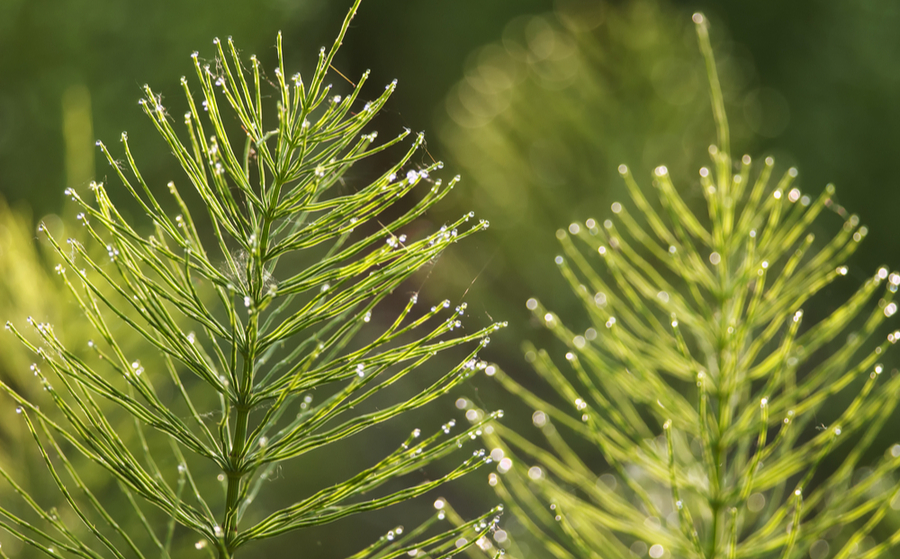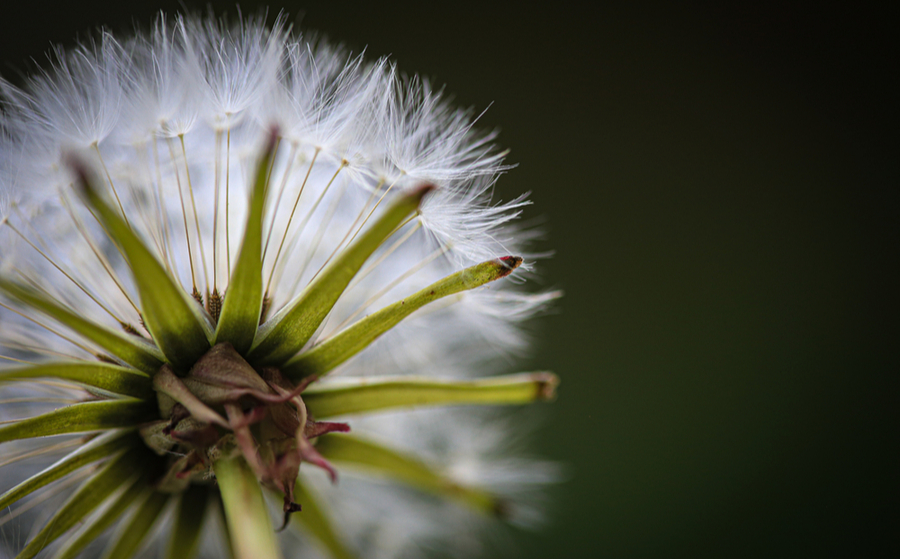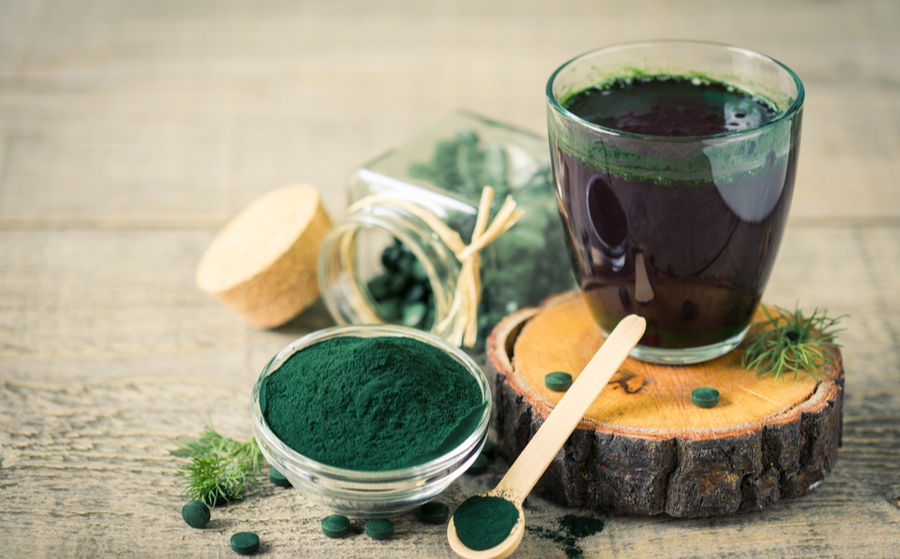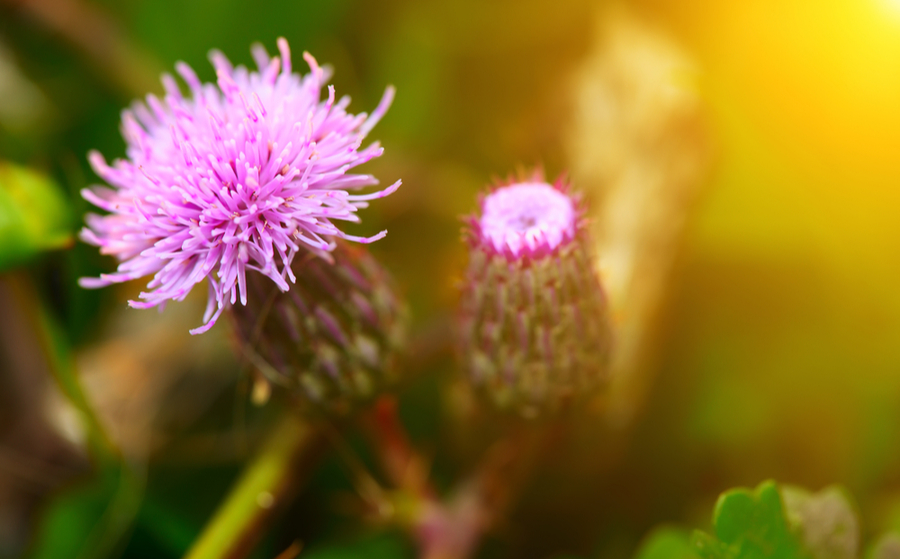
What is detoxification of the body? Six natural plants for a natural detox plan
Sometimes we feel the need to ‘cleanse’ our body, to facilitate weight or fluid loss, or to eliminate toxins that we may have ingested from the occasional unhealthy meal. This is when nature can help us.
What is detoxification?
Detoxification is a term we often hear and use nowadays. This word refers to the process by which our own metabolism promotes the elimination of toxins. This elimination can be improved with the help of certain plants.
Is detoxifying the body necessary?
Recent research has confirmed that the accumulation of toxic substances plays a decisive role in the state of our health.
However, past research has paid little attention to methods of addressing and solving the problem of accumulating external toxic substances.
Despite this, scientific research highlights the great potential of natural detoxification processes to restore the body’s equilibrium, leading to a reduction in health problems related to toxic substances.
Detoxification through plants
Artichoke
Artichoke is another well-known plant that is widely used both in gastronomy and in floral decoration. One of the main benefits of artichoke is that it maintains a healthy liver2. Its scientific name is Cynara scolymus L., an herbaceous plant of the genus Cynara and from the asteraceae family, which can be found in temperate climates. The artichoke grows to a height of 1.4 to 2 m and produces a rosette of whole leaves that prove very popular.
What are the benefits of Artichoke?
Because artichoke has such rich components, scientists are optimistic that artichoke leaf extracts could be used to support detoxification and contribute to intestinal comfort2.
Artichoke has other traditional uses, such as the following3:
- It contributes to normal urinary elimination functions3.
- It supports the excretory function of the kidneys3.
- It improves renal elimination of water3.
- It helps maintain the flow of digestive juices and contributes to intestinal comfort2.
Origin and composition
Known since antiquity, it originally came from the Mediterranean and has spread all over the world throughout history. The Dutch, for example, introduced this plant to England in the 16th century, where it was grown in the garden of Henry VIII himself. It was introduced to the United States in the 18th century, being introduced to Louisiana by the French, and to California by the Spanish.
It contains a large amount of water and carbohydrates, including fibre. The plant also contains minerals such as sodium, potassium, phosphorus, calcium, vitamin B3 and vitamin C. It also contains enzymes called pepsin, chymosin and prochymosin.
Horsetail
Equisetum arvense L., or horsetail, also features on the list of detoxifying plants. It is a species of shrub in the equisetaceae family, found throughout Europe, and it may be the oldest non-extinct genus on Earth. It requires a certain amount of humidity and is therefore quite common in damp, coastal areas. Its stems have branches measuring from 5 to 50 cm.
What are the benefits of Horsetail?
This plant has been widely studied to verify its most widespread traditional use as a diuretic4.
- It helps the body’s elimination functions5.
- It supports the excretory function of the kidneys6.
- It can help remineralise the body7.
Its diuretic capacity4 has been investigated in clinical trials. However, there is still a lot of research to be done, since there are 30 species of this plant and there could still be further scientific validation for its widespread use. Even so, scientists conclude that species from the Equisetum genus offer great potential8.
Origin and composition
The shoots of this plant are eaten as a vegetable in Asian countries, as its components include trace elements and salts containing minerals such as potassium and magnesium. Its chemical composition also contains many components such as alkaloids, flavonoids, silicic acid, tannin and volatile oils.
Horsetail is also rich in protective compounds that protect liver cells against toxic substances9 and improve liver function through its protective effect9.
Dandelion
The common dandelion or Taraxacum officinale Web. is an herbaceous plant from the asteraceae family. It comes from Europe and can be found all over the world. Its characteristic, distinctive yellow flowers form large clusters that can be seen throughout spring and summer.
What are the benefits of Dandelion?
Some benefits of dandelion are as follows:
- Helps to maintain the body’s detoxification by stimulating diuresis (the excretion of urine in both quantitative and qualitative terms)10.
- Improves liver and gallbladder functions11.
- Supports liver and biliary functions11.
- Promotes digestive comfort11.
- Helps facilitate the digestion of fats11.
- Helps keep your urinary tract healthy12.
- Helps maintain normal urinary flow12.
Dandelion is now believed to support and improve liver and biliary function11, a fact supported by current research, which is corroborated by many trials. Another positive health function of this plant is that it can help maintain a healthy urinary tract and normal urinary flow12.
Clinical studies carried out to verify these characteristics concluded that the extract of this plant is a substance that detoxifies the body by stimulating diuresis10.
Origin and composition
The ancient Greeks valued its effects on promoting digestive comfort1. It was also known in China, where, in the year 659, Su Jing wrote a treatise describing the use of dandelion as a dietary food. Ancient Arab civilisations also described its nutritional benefits.
This plant mainly contains bitter compounds, flavonoids, carotenoids, vitamin B2 and C as well as potassium. In autumn, the root contains up to 40% inulin.
Birch
Betula pendula Roth is a plant species known as birch, a beautiful tree with a silvery trunk that belongs to the betulaceae family. It can reach up to 30 m in height and grows in the forests of Europe, Asia and America in damp, sunny areas, and is usually harvested in April and May.
What are the benefits of Birch?
The characteristics of this plant have been known for many years for its essential oils, flavonoids such as quercetin, carotenes, tannins and vitamin C.
The benefits of birch include the following:
- It is a natural detoxifier, and a water and toxin purifying stimulant13.
- It promotes healthy urinary functions13.
- It contains herbs with properties that promote the activity of the liver, kidneys and intestinal tract14.
- It has beneficial effects on digestion and promotes the body’s detoxification processes14.
- It supports the excretory function of the kidneys15.
Composition
It contains, among other components, an essential oil with betulinol, flavonoids, tannins and betulabic acid. Its leaves, branches and roots are used in the cosmetics and food industries.
The various parts of this tree contain components that promote the activity of the liver, kidneys and intestinal tract, have a beneficial effect on digestion and promote the body’s detoxification processes13.
Chlorella
Chlorella is a microscopic genus of freshwater algae and its scientific name is Chlorella vulgaris Beijerinck. Its name comes from the Greek chloro, meaning ‘green’, and the Latin diminutive suffix –ela, meaning ‘small’.
What are the benefits of chlorella?
Chlorella products contain many nutrients and vitamins, including D and B12, which are less common in plant foods. It is commercially produced and distributed worldwide as a food supplement, and scientific studies have shown that using supplements based on its components can have a beneficial effect on blood sugar and cholesterol levels16.
Chlorella also offers a number of additional benefits, such as:
- The ability to absorb toxins17.
- It helps the body’s natural detoxification process17.
- It has a beneficial effect on the function of the gall bladder, liver and kidneys; organs which play a role in detoxifying the body18.
Finally, it is also worth mentioning that chlorella helps maintain normal colon function16 and soothe irritation of the intestinal wall, helps increase the growth of beneficial intestinal16 microflora to excrete compounds harmful to health (such as heavy metals)16, and supports the body’s vitality and activity16.
Origin and composition
It has existed on Earth for more than 540 million years, is green in colour and spherical in shape. It is known to contain chlorophyll, the pigment that causes its characteristic green colour. It is unique because it multiplies quickly through photosynthesis, requiring only carbon dioxide, water, sunlight and small amounts of minerals.
This is one species in which the highest chlorophyll content has been found, and its characteristics include a high concentration and variety of nutrients essential for life, especially proteins (60%), vitamins and minerals.
Milk thistle
We now turn to Silybum marianum (L.) Gaertn., commonly known as milk thistle. This is a special plant from the genus Silybum, in the asteraceae family. It is an annual or biennial herbaceous plant that can grow up to 3.5 m in height. Its leaves are spiny and can measure up to 40 x 12 cm, but are smaller towards the top of the stem. It flowers between April and August.
What are the benefits of Milk thistle?
- People who take this plant do so to promote digestion and purification of the body19, as it supports liver health and helps to protect it19.
- This is possible because milk thistle enhances the liver’s detoxification potential19.
Origin and composition
Milk thistle is native to Mediterranean and Asian countries, but it can be found almost everywhere in the world, most commonly in Austria, Russia, Poland, Crimea, Ukraine and Hungary. This plant is highly valued for the compounds it contains, one of its components being silymarin, which is extracted from its seeds.
Silibinin is the main component of a flavonoid complex known as silymarin. Its mechanism of action is complex and at the metabolic level it plays a part in processes involving hepatocytes, which are the cells that carry out most of the liver’s functions.
Sources
- Genuis SJ, Sears ME, Schwalfenberg G, Hope J, Bernhoft R. Clinical detoxification: elimination of persistent toxicants from the human body. ScientificWorldJournal. 2013 Jun 6;2013:238347. doi: 10.1155/2013/238347. PMID: 23844383; PMCID: PMC3691527.
- Extracted from the EFSA health claims application list, under evaluation (ID 4303).
- Extracted from the EFSA health claims application list, under evaluation (ID 2704).
- Extracted from the EFSA health claims application list, under evaluation (ID 2437).
- Extracted from the EFSA health claims application list, under evaluation (ID 2782).
- Extracted from the EFSA health claims application list, under evaluation (ID 3912).
- Extracted from the EFSA health claims application list, under evaluation (ID 3911).
- Boeing T, Tafarelo Moreno KG, Gasparotto Junior A, Mota da Silva L, de Souza P. Phytochemistry and Pharmacology of the Genus Equisetum (Equisetaceae): A Narrative Review of the Species with Therapeutic Potential for Kidney Diseases. Evid Based Complement Alternat Med. 2021 Mar 5;2021:6658434. doi: 10.1155/2021/6658434. PMID: 33747109; PMCID: PMC7954623.
- Extracted from the EFSA health claims application list, under evaluation (ID 4316).
- Extracted from the EFSA health claims application list, under evaluation (ID 4489).
- Extracted from the EFSA health claims application list, under evaluation (ID 2570).
- Extracted from the EFSA health claims application list, under evaluation (ID 3827).
- Extracted from the EFSA health claims application list, under evaluation (ID 2638).
- Extracted from the EFSA health claims application list, under evaluation (ID 2402).
- Extracted from the EFSA health claims application list, under evaluation (ID 3737).
- Extracted from the EFSA health claims application list, under evaluation (ID 2415).
- Extracted from the EFSA health claims application list, under evaluation (ID 1798).
- Extracted from the EFSA health claims application list, under evaluation (ID 1887).
- Extracted from the EFSA health claims application list, under evaluation (ID 3314).








